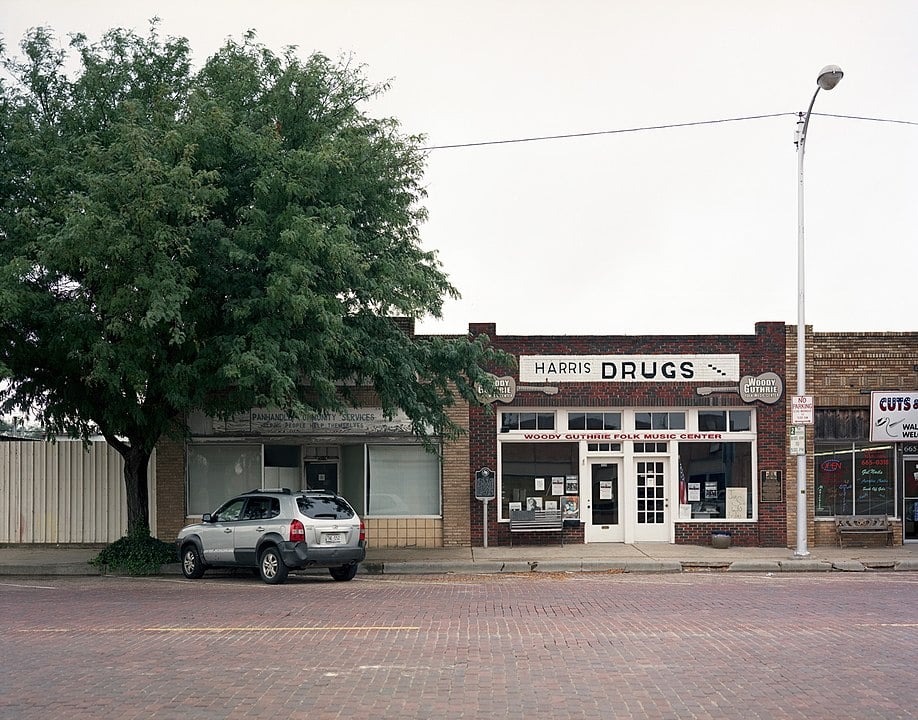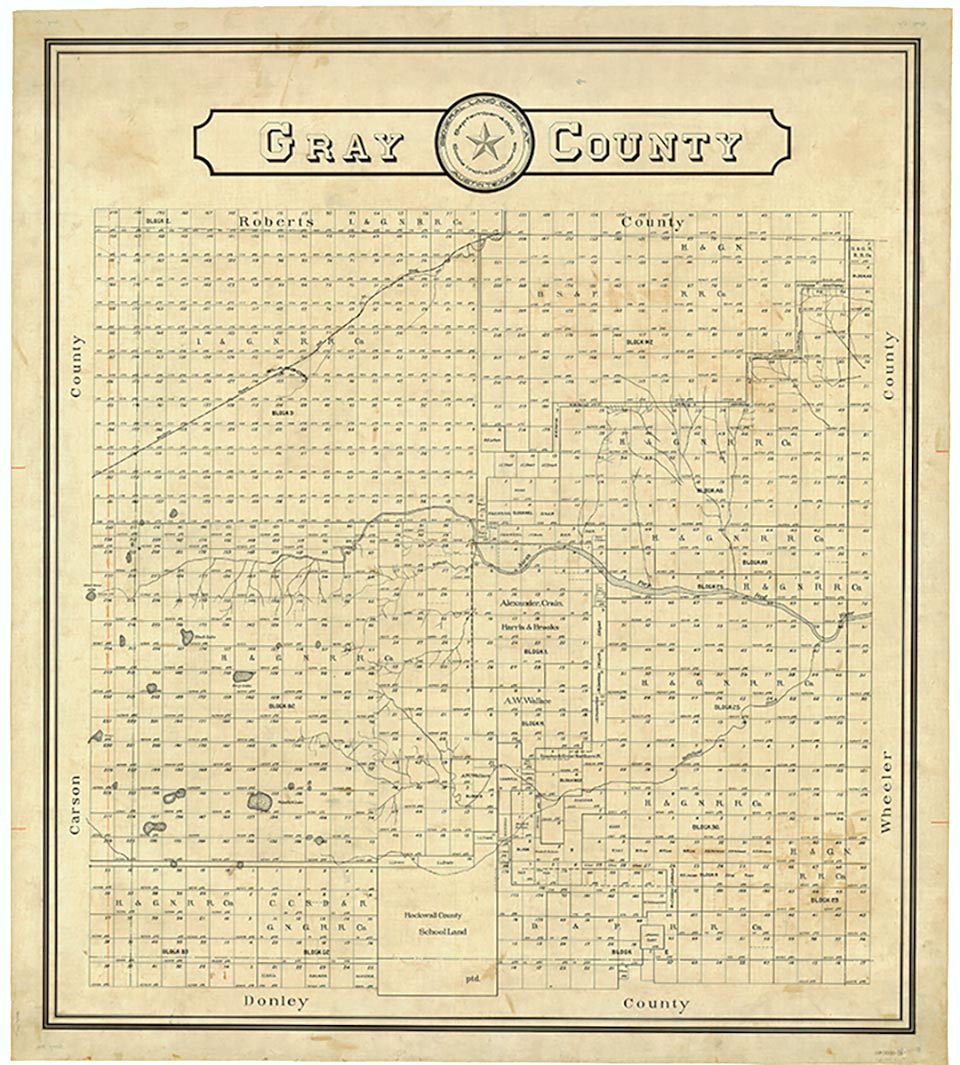Pampa

City of Pampa, Texas
Pampa, the county seat and largest town in Gray County, is at the junction of U.S. highway 60 and State highways 70, 152, and 273, in the northwestern part of the county. The site, once owned by the Francklyn Land and Cattle Company (later White Deer Land Company), was designated as a station on the Southern Kansas Railway in the summer of 1887. The first resident was Thomas H. Lane, the railroad section foreman, who settled his family in a half-dugout near the boxcar station, which was known initially as Glasgow and then as Sutton. Because of confusion with Sutton County, railroad officials asked George Tyng, manager of the White Deer Land Company, to select a new name for Sutton. After his first suggestions were rejected by the chief engineer, Tyng submitted the name Pampa because the place resembled the pampas of Argentina, which he had earlier visited. The post office opened in 1892 with Lane as postmaster. Tyng constructed Pampa's first frame building as the White Deer Land Company boardinghouse. This building later was leased to the Matador Ranch as a headquarters and then sold to Alfred Ace Holland, who made it the town's first hotel. As early as December 1, 1889, Tyng had recommended that the White Deer Land Company establish a town at the Sutton station. In 1898 Russell Benedict, associate of trustee Frederic Foster, came from New York to investigate this possibility.
The plat for the townsite was approved on April 14, 1902, the same day that 152 voters petitioned to organize Gray County. Tyng's successor, Timothy Dwight Hobart, foresaw the area as a wheat belt; with the help of his two associates, Cecil V. P. Buckler and Montague K. Brown, Hobart attracted many prospective settlers to Pampa. J. F. Johnson established the first mercantile store and took over the post office in 1902. Pampa soon thrived as a small agricultural and railroad shipping point, populated largely by homesteaders and cowboys. By 1910 the town had a school, a bank, and a drugstore serving an estimated 400 people; by 1926 the population had risen to 987. J. M. Smith had launched the Pampa Daily News, and the White Deer Land Company had moved into a permanent headquarters. Alexander Schneider, a Swiss immigrant, bought the Holland Hotel and remodeled it as the Schneider in 1912; he also organized a town band. Hobart's legendary ability to pick the right kind of citizens for his community bore fruit during the oil boom of the 1920s. Pampa experienced little of the vice, crime, and corruption that characterized other boomtowns. The town voted to incorporate on February 17, 1912, with a commission-manager government. The discovery of oil in 1926 caused Pampa to grow. Its future was assured in 1927, when Godfrey L. Cabot, head of Cabot Carbon in Boston, established the first of several carbon black plants (see CARBON BLACK INDUSTRY) at Pampa. Another victory came in 1928, when Pampa supplanted Lefors as county seat after a special election. In 1931 the town had 430 businesses and 10,470 residents. Further railroad service was provided by the extension of the Fort Worth and Denver and the Clinton and Oklahoma Western lines to Pampa in 1932. The stability of the White Deer Land Company, with its loan program for wheat farmers, helped keep the town's economy stable during the Great Depression.
H. Allen Anderson | © TSHA

Adapted from the official Handbook of Texas, a state encyclopedia developed by Texas State Historical Association (TSHA). It is an authoritative source of trusted historical records.
Belongs to
Pampa is part of or belongs to the following places:
Currently Exists
Yes
Place type
Pampa is classified as a Town
Associated Names
- (Glasgow)
- (Ontario)
- (Sutton)
Location
Latitude: 35.54684870Longitude: -100.96520000
Has Post Office
Yes
Is Incorporated
Yes
Population Count, 2021 View more »
16,474



